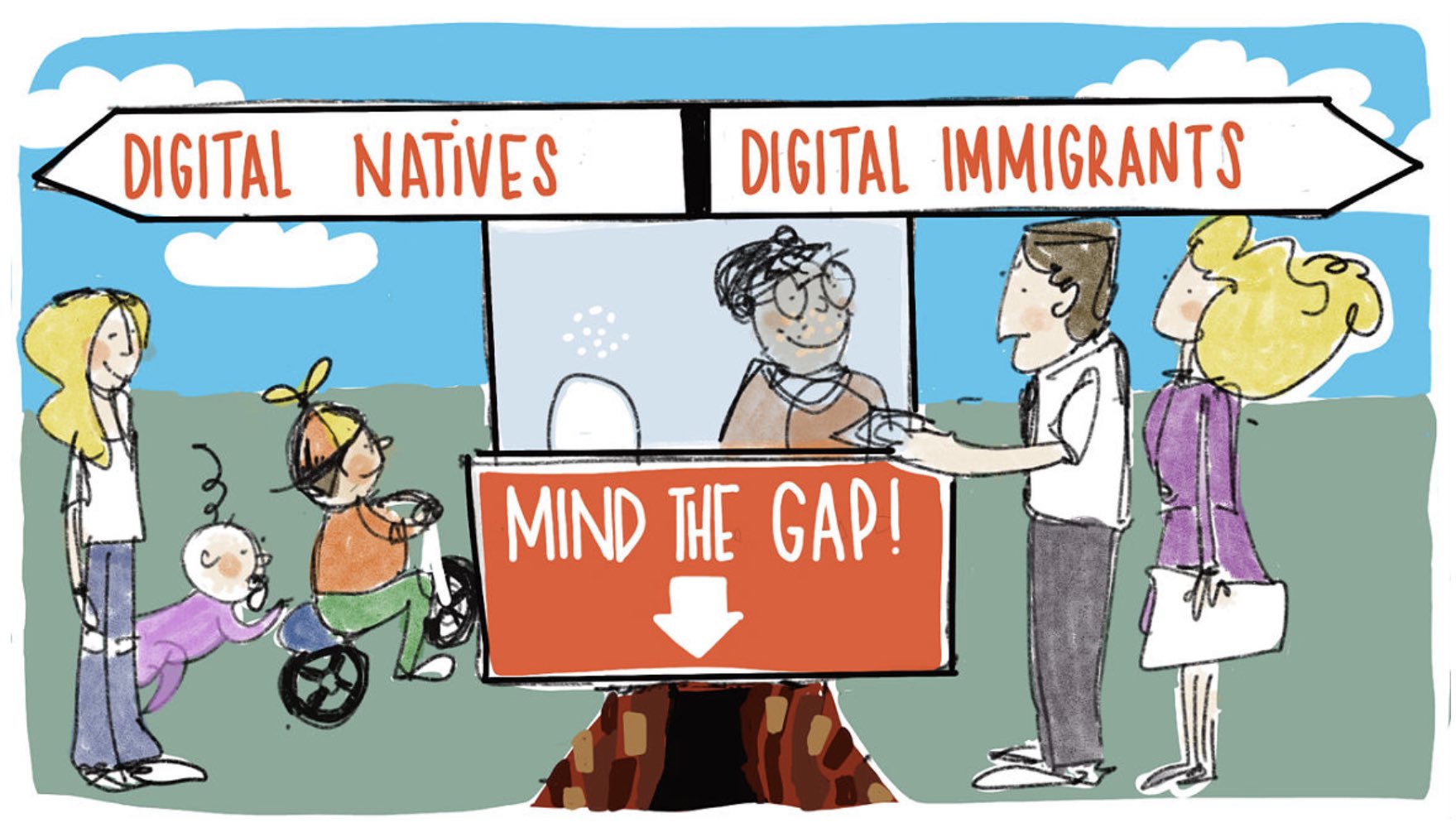Online communication is definitely transforming the private sector, from marketing, distribution and customer service to public relations. Companies have been forced to expand digital outreach to maintain their market shares. As an example lets look at the successful fast food chain Wendy’s and how they have adapted over time.

Wendy’s corporate website (https://www.wendys.com/home) leads to a well-designed
homepage with various links to different sections ranging from menu items, to
company culture, to job opportunities. It’s clear that this website is meant to
be a hub for most of the initial interactions people may have with the company.
Other links at the top of the page (for ordering food for delivery or pickup) are
distinct and have their own color coordination to separate them. The body of the homepage is filled with a
variety of links including coupon codes, ongoing promotions, nutrition
information and a public statement (issued on a company blog) in support of the
black community. The very bottom of the page contains contact information and
links to various social media platforms(Instagram, Facebook and Twitter).
Overall, the page is laid out in such a way as to be accessible to as many people
as possible. Emphasis is placed not only on their customer service, but also on
the company culture. The layout is friendly, colorful and accessible.
Taking a closer look at their social media, Wendy’s posts regularly several
times a week on each platform. The vast majority of the posts are humorous. For
example, the most recent post on Facebook, was “Change my name to meat” a play
on facebook themselves changing the name of their corporate holdings to Meta. A
glance through the histories of twitter and Instagram tells a similar story. There
are also several posts of sweepstakes and announcements on each platform.
Honestly, the community engagement is very spot on. Whoever manages these
social media accounts has an excellent idea of how to make connections online.
I think Wendy’s has done a good job adapting their online persona to deal with
market conditions. Their main website does an excellent job directing the
viewer to whatever they are seeking. They also use this space to make
statements that reflect strongly on their company culture (such as the Black
Lives Matter support). On social media, Wendy’s understands that the type of
content people are looking for is different than traditional advertising. Instead,
they use humor and memes, in tandem with more traditional marketing (like
sweepstakes). On these platforms the goal is to engage with consumers, and I think
they are successful in that respect. My only critique is the frequency of posts.
With a couple more posts a week, they could have even more community engagement.

https://www.linkedin.com/company/wendys-international/
